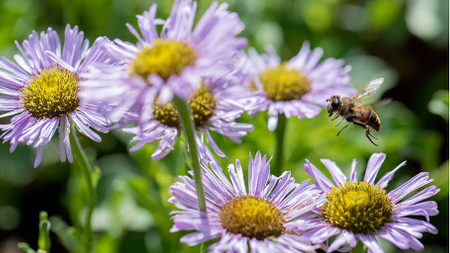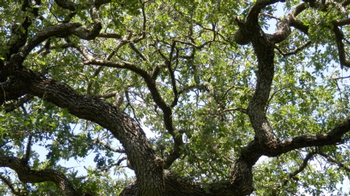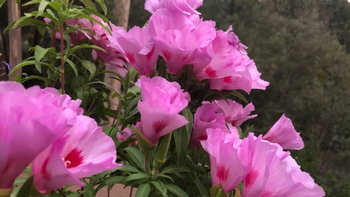California Native Plants
Native plants offer beauty and numerous environmental benefits

Quick look: Easy native plants for Marin gardens
Why grow California native plants?
Encourage sustainability
• Native plants are a key component of an Earth-friendly garden.
Conserve water
• Because they evolved in California’s summer dry climate, most natives prefer little or no supplemental water once established.
Reduce maintenance
• Naturally suited to Marin's climate, soil, insects, and animals
Avoid chemicals
• No pesticides, herbicides, or fertilizers needed
• Many natives have developed their own defenses against pests and diseases. Rather than use pesticides, let the plant’s natural defenses and beneficial insects provide protection.
Encourage wildlife
• Attract the insects, birds and other wildlife that co-evolved with native plants and depend on them for survival.
• Help replace habitat lost to development
• Create habitat corridors that connect urban landscapes with remaining wildlands
• Boost wildlife populations by removing invasive, non-native plants.
Help prevent erosion
• Native plants connect underground to hold soil in place.
• When erosion is kept in check, our watershed (and drinking water) is healthier.
Protect Marin's precious biodiversity
Biodiversity is the variety of living things that naturally co-exist in a specific area.
• Every area is unique. Marin's blend of native plants, animals, insects, and microorganisms only exists in Marin.
• Each species in an ecosystem plays a role, even the ones you can only see with a microscope. Some are food for larger organisms. Others help break down dead organisms that return nutrients to soil. Plants play a critical role in an ecosystem. Ecologists call this interconnectedness the "web of life."
• Landscapes that enhance biodiversity are more resilient to pests, diseases, and even the effects of climate change.
• Adding native plants creates a functioning ecosystem in your garden.
California is the most biodiverse state in the US and among the most biodiverse regions in the world, yet threats loom.
• 30% of California's native species are threatened with extinction
• Habitat loss is the primary cause of biodiversity decline.
• In the next 100 years, climate change is expected to shrink the range of most California endemic plants by up to 80%.
Create a sense of place and a connection to your natural surroundings
• Like people, native plants live in communities with a distinct look and feel.
• Growing plants that naturally exist in your area ups your odds of success. The further you move away from a plant’s comfort zone, the harder it is to grow successfully.
• The plant communities below are common in Marin County. To see what's growing in your area, enter your zip code here.
What's growing near you?

Characterized by oak trees interspersed with other trees and shrubs, plus an understory of grasses and perennials. Much of this plant community has been replaced by weeds.
Examples: coast live oak (Quercus agrifolia), California buckeye (Aesculus California), pacific madrone (Arbutus menziesii), coffeeberry (Frangula californica), toyon (Heteromeles arbutifolia), sticky monkeyflower (Diplacus aurantiacus), and hummingbird sage (Salvia spathacea)

Diverse plant community. Grows along coast and on steep chaparral (dense, drought resistant shrubs.) These plants prefer well drained soil and sun. They are adapted to long, dry spells and summer fog.
Examples: manzanita (Arctostaphylos), California lilac (Ceanothus), California sagebrush (Artemisia). buckwheat (Eriogonum), coyote bush (Baccharis pilularis 'Pigeon Point'), currants (Ribes), sage (Salvia) Photo: Las Pilitas

Includes redwood groves, forested areas, and places with year-round streams and creeks. It is often damp with a thick layer of natural mulch. These plants prefer partial shade and riparian plants (those growing near water) need regular water.
Examples: western sword fern (Polystichum munitum , pink flowering currant (Ribes sanguineum). California aster (Symphyotrichum chilensis), douglas iris (Iris douglasiana), and western columbine (Aquilegia formosa).
Enjoy spring wildflowers you can grow from seeds

Check your local nursery for California poppy (Eschscholzia californica), baby blue eyes (Nemophila menziesii), farewell-to-spring (Clarkia amoena), mountain garland (Clarkia unguiculata), and tidytips (Layia platiglossa).
